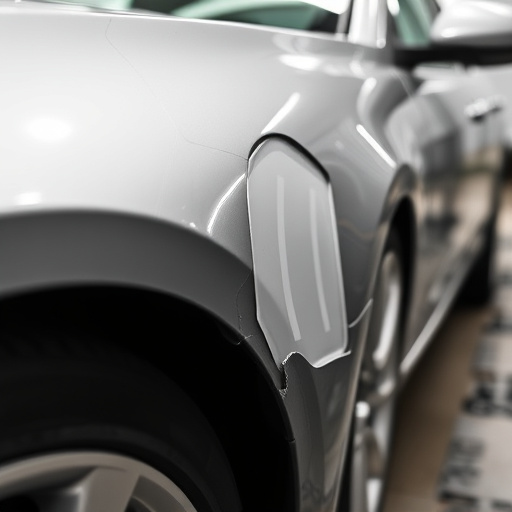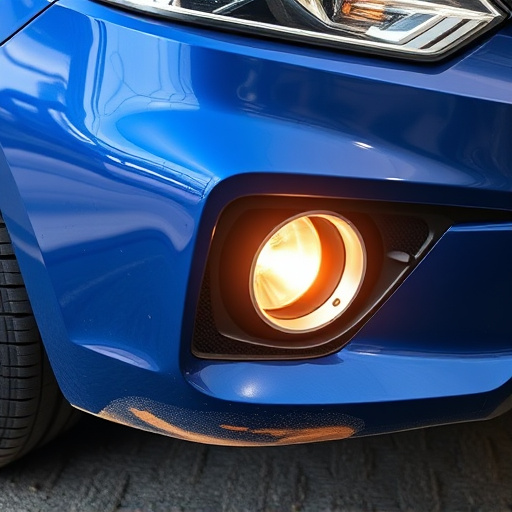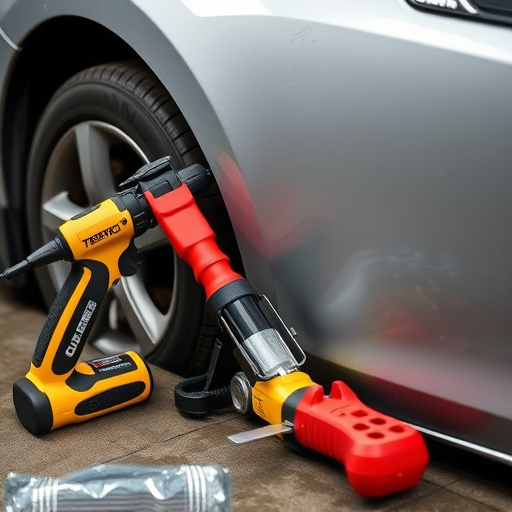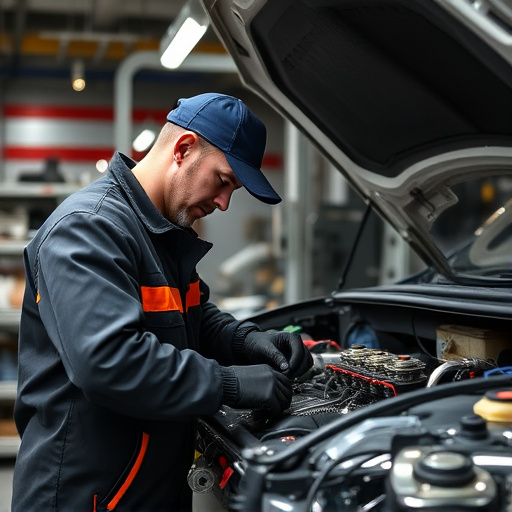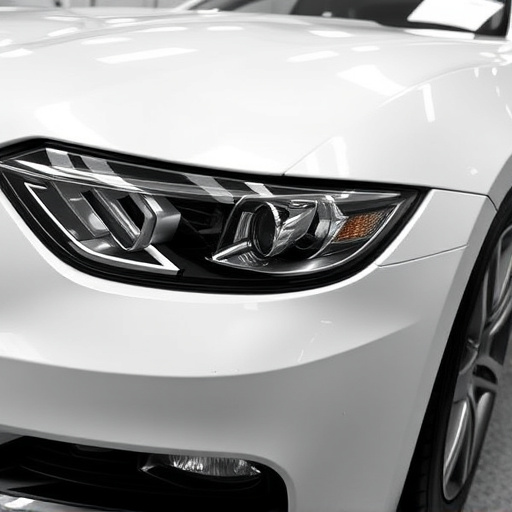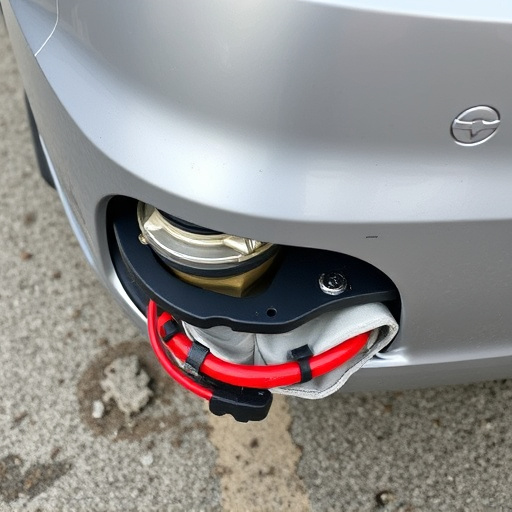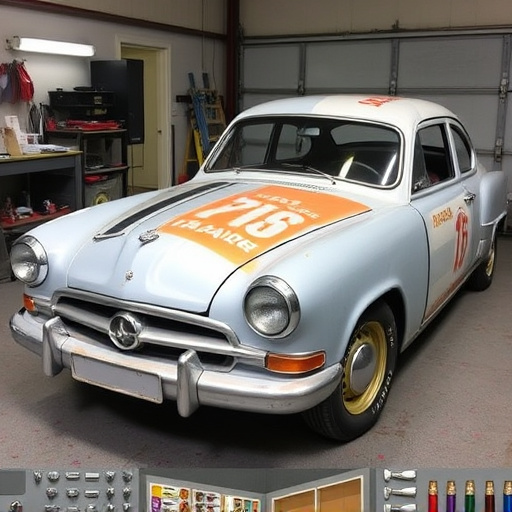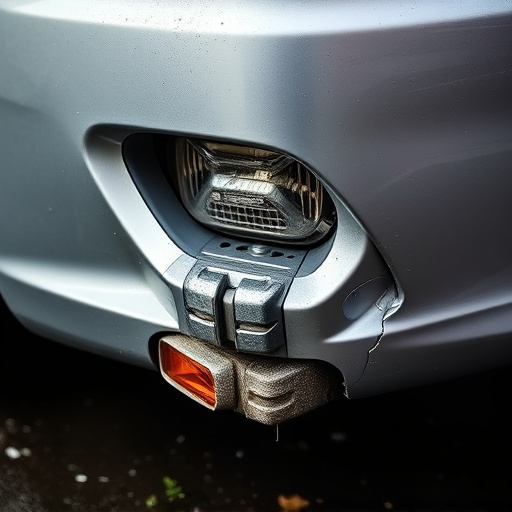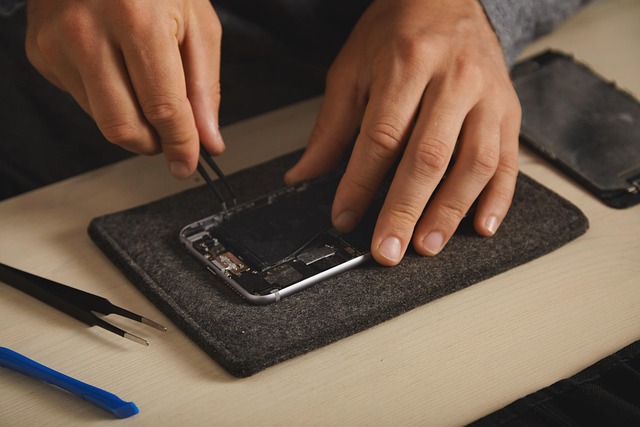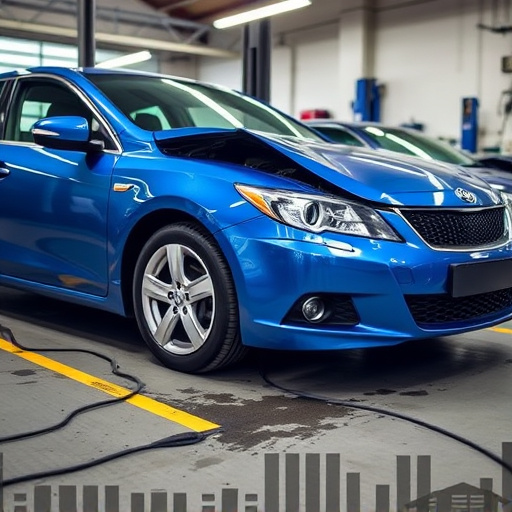ADAS Recalibration Glass is a vital tool for modern vehicle safety, ensuring Advanced Driver-Assistance Systems (ADAS) function optimally after accidents or automotive repairs. Skilled technicians use specialized tools to recalibrate sensors, enhancing crash forensics accuracy and enabling fairer outcomes in insurance claims and legal proceedings. This technology streamlines post-crash assessments, improves auto repair precision, and contributes to enhanced road safety standards.
“Unraveling the secrets behind enhancing accident forensics, we delve into the transformative power of ADAS recalibration glass. This cutting-edge technology plays a pivotal role in ensuring accurate data collection from Advanced Driver Assistance Systems (ADAS). By understanding and implementing recalibration processes, forensic investigators can significantly improve their analysis following collisions.
The article explores the core concept, its forensic applications, and the implementation benefits of ADAS recalibration glass, shedding light on why it’s an indispensable tool in modern crash investigations.”
- Understanding ADAS Recalibration Glass: The Core Component for Accurate Data
- The Significance of ADAS Recalibration in Accident Forensics
- Implementation and Benefits: Enhancing Crash Investigation with Recalibration Glass Technology
Understanding ADAS Recalibration Glass: The Core Component for Accurate Data

ADAS Recalibration Glass plays a pivotal role in modern vehicle safety systems. These advanced driver-assistance systems (ADAS) rely on precise sensor data to detect and react to surroundings, crucial for preventing accidents. However, sensors can drift over time due to various factors like temperature changes, aging, or automotive body work. This is where ADAS recalibration glass comes into focus. It acts as the core component, ensuring accurate data transmission by calibrating and realigning sensors to factory specifications.
Proper ADAS recalibration involves more than just replacing glass; it demands a meticulous process. Skilled technicians utilize specialized tools to adjust and fine-tune sensor positioning, reflecting changes in the vehicle’s structure or components over time. This intricate process is vital not only for accident forensics but also for maintaining optimal performance of autonomous driving features in car restoration projects or during automotive body work repairs.
The Significance of ADAS Recalibration in Accident Forensics
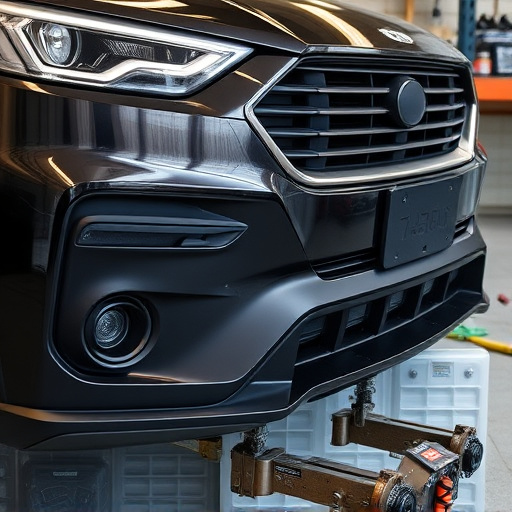
In the realm of accident forensics, ADAS recalibration glass plays a pivotal role in enhancing investigation accuracy and ensuring just outcomes. Advanced Driver-Assistance Systems (ADAS) rely on precise sensor calibration to provide reliable data during collision reconstruction. Even minor accidents, such as fender benders, can disrupt this delicate balance. Calibration shifts due to various factors—from impact forces in a collision damage repair scenario to environmental changes—can introduce errors into the ADAS data, ultimately compromising the integrity of forensic findings.
Thus, ADAS recalibration glass is an indispensable tool for auto body repair shops and forensics experts. It allows them to reset the system’s parameters to their optimal state, ensuring that the data collected post-accident is as accurate as possible. This precision is crucial when determining liability in traffic incidents, supporting insurance claims, or aiding legal proceedings related to collision damage repair. Accurate ADAS recalibration minimizes errors and provides a clearer picture of events, ultimately contributing to fairer outcomes for all parties involved.
Implementation and Benefits: Enhancing Crash Investigation with Recalibration Glass Technology
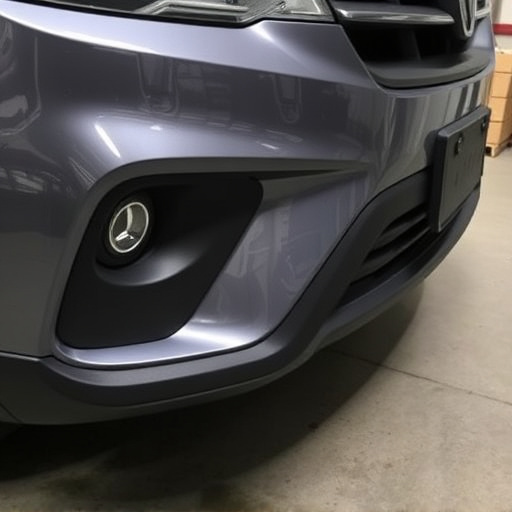
The implementation of ADAS recalibration glass is revolutionizing crash forensics by providing an accurate and precise tool for investigating vehicle accidents. This advanced technology offers a seamless solution to the challenges faced during post-crash assessments, where even minor misalignments in sensors can lead to inaccurate data. The glass acts as a game-changer, enabling detailed analysis of a vehicle’s safety systems, including cameras, LiDAR, and radar.
By utilizing ADAS recalibration glass, professionals in the field gain access to an efficient process that streamlines vehicle repair services, especially in cases involving complex dent repairs. It ensures that every component is meticulously realigned, enhancing overall accuracy. This technology not only aids in the recovery of critical data but also facilitates faster and more effective auto repair near me, ultimately improving road safety standards and enabling better prevention strategies.
ADAS recalibration glass emerges as a pivotal tool in accident forensics, ensuring precise data collection and analysis. By understanding its role and implementing this technology, investigators can significantly enhance crash investigation accuracy, ultimately leading to better safety protocols and more effective incident response. ADAS recalibration glass is not just a component; it’s a game-changer in the realm of accident reconstruction.
